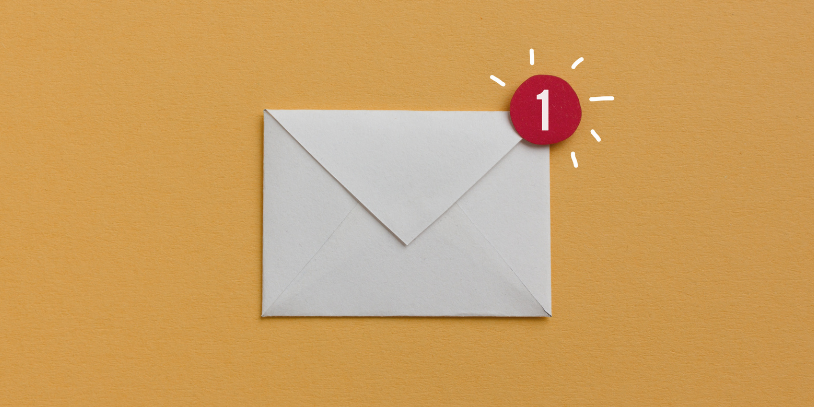What Type of Automation Makes Sense for My Business?
While marketing automation can be employed for social media, web-based chat, and even direct mail, email marketing is the most commonly automated marketing channel. It makes sense to invest marketing automation efforts into email marketing—it’s generally pretty easy and cost-effective to personalize, deploy, and monitor email campaigns. In addition to being simple, email marketing automation pays off.
A recent study by McKinsey & Company found that email is about 40x more effective for customer acquisition and conversion when compared to Facebook and Twitter. Both B2B and B2C customers expect email outreach from brands, and automated emails generally see a 119% higher click rate than manually-sent email blasts.
Email automation nurtures potential customers who have engaged with your brand (through a sign-up form, previous purchase, or other outreach) and can take them from consideration to conversion. By automating this customer journey, minimal human effort is needed until a potential buyer needs assistance or is ready to make a purchase, saving you and your team time and money.
How Do I Build an Email Marketing Automation Strategy?
Email automation doesn’t exist in isolation from your other marketing efforts across various channels. To start building an automated email campaign, there are a few key steps you need to take:
Identify Your Target Audience
You need to know who you’re trying to reach, what their mindset might be, and pain points they might be experiencing. If you understand who you’re trying to reach and what problems they’re trying to solve, you can more effectively tailor email content to address those needs. Be sure to identify additional questions and considerations that could impact their decision down the road. Also, be sure to consider the various personas who might be interested in your product or services. Are there multiple groups who might be interested in your product or services? How are their needs different, and how does your product/service address their varying concerns?
Develop Valuable Content
You need to give your audience a reason to open an email. In most situations, coming straight out of the gate asking for a sale can make you look pushy, resulting in prospects unsubscribing from your emails, or worse, landing your carefully crafted emails in a spam filter. When you’re mapping out content, be sure to create a variety of content that addresses different customer needs at various stages of the customer journey.
Identify the Entry Point to Your Email Campaign
We know that automated drip campaigns need a trigger in order to begin, so carefully consider how your prospects are going to pull that trigger. Have they filled out a contact form on your site, downloaded a resource, or clicked on a “subscribe” button in order to get a discount code? Knowing the initial trigger of the campaign can help you ensure that you’re sending content relevant to that particular customer at their purchase decision-making stage.
Identify Your Ultimate Call-to-Action (CTA)
When thinking about your email campaign, consider what you want buyers to do when they reach the end of the drip. Of course, your goal as a marketer is to drive conversions and purchases, but how are you doing that? At the end of your drip campaign, your potential buyers should have a clear idea of what comes next. They’ve read your content, they’re learning about your product/service and how you can help solve their pain points. At the end of the drip, are they ready to make a direct purchase? Or does your sales process dictate a consultation or demo of your product?
Start Mapping Out Your Workflows
The “customer journey” isn’t just a marketing buzzword—it refers to the decision-making process a potential customer goes through while considering your product/service, and the steps you take to help them reach that decision. There are multiple approaches and various levels of sophistication you can build into your workflows, but it’s easiest to start by mapping your content to this journey. Consider where each piece of content will be most useful in the buyer decision process, and map out touchpoints that help them reach your final CTA from your initial trigger.

